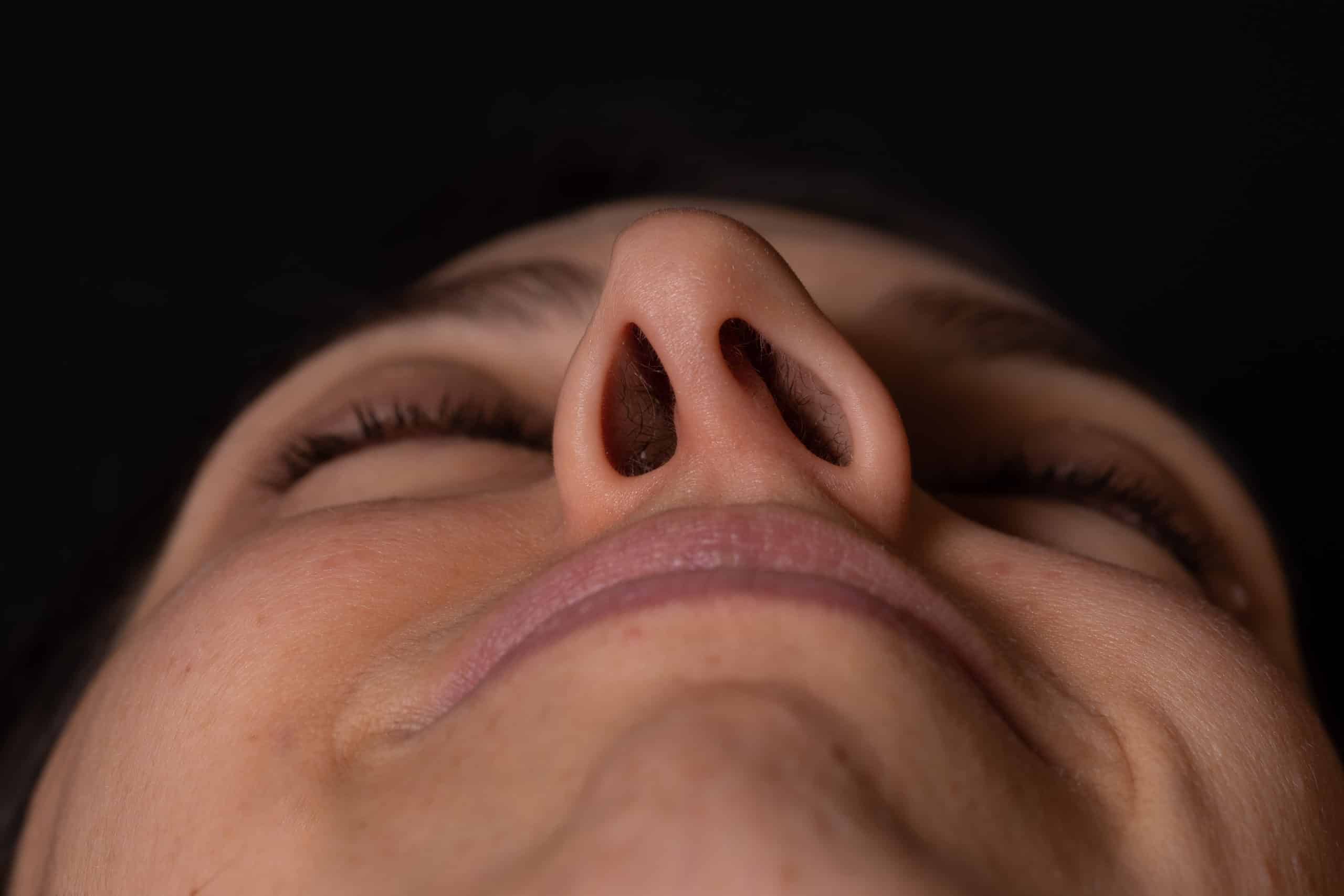How To Know If You Have A Deviated Septum

Whether your nose physically looks crooked or, more likely, you’re experiencing breathing problems, the cause might be due to a deviated septum. Correcting a deviated septum or addressing other underlying cosmetic or functional nasal concerns often requires surgery, but which type and how it’s performed varies widely by your concern and its cause.
What is a Deviated Septum?
The septum is a wall of tissue dividing the left and right nasal passages that is made of both cartilage and bone and is covered in mucous membranes. Ideally, the septum is straight to allow for maximum airflow through both nostrils simultaneously.
Having a deviated septum means that the septum is twisted or pushed into one of the nasal passageways that most often cause symptoms such as trouble breathing or many others.
How to Know if You Have A Deviated Septum
There are six main symptoms associated with a deviated septum, all of which have varying degrees of severity that usually correlates with the degree of deviation from a normal septum. You may have a deviated septum if you have:
- Difficulty breathing heavily, or experiencing constant blockages on one or both sides of the nose
- Sleep disruption symptoms (fatigue, restless sleep habits) along with difficulty breathing through the nose, snoring symptoms, and trouble sleeping without mouth breathing
- Worsening of symptoms when you exercise
- Chronic nosebleeds on one side of the nose, correlated with the nostril being chronically irritated
- Persistent blockage and difficulty breathing after a nasal injury
- A visibly twisted or crooked nose – the septum sits beneath the nose and can contribute to an external twisted shape
Often, a deviated septum and other nasal problems will result in more than one of these symptoms, although if you have no trouble breathing, but only a crooked nose, the chance is low that the crookedness or hump is caused by only deviated septum.
Rhinoplasty vs. Septoplasty
There are two main solutions for correcting a deviated septum. The first is septoplasty, which many ENTs are capable and highly skilled at correcting, when this is the only issue that’s causing your breathing problems.
However, many patients require or desire further adjustments to their nose, septum, and even sinuses for more significant symptom relief or to adjust the cosmetic appearance of the nose. In these cases, a rhinoplasty is often a more comprehensive approach, even if the nasal shape is not cosmetically altered. This requires a more experienced, skilled surgeon who is more familiar with the anatomy of the nose and sinuses.
Adjusting the visible structure of the nose is much more complicated than fixing a deviated septum, which is why at AOO, we will work to examine and understand your concerns prior to selecting a specific procedure to reduce the risk of needing revision surgery.
AOO | ENT Specialists of The Rockies
Trust the board-certified ENTs and facial surgeons at AOO for accurate diagnoses and state-of-the-art treatments. No matter what your symptoms are, if you’re living with breathing problems that prevent you from enjoying the lifestyle you want, we can help. Start a conversation with us by calling our Denver, Lone Tree, or Castle Rock locations or by contacting us online today.




